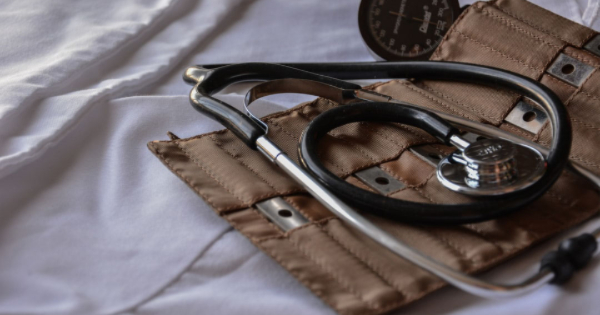Americans will undergo an average of 9.2 surgical procedures in their lifetimes, according to the American College of Surgeons (ACS). With surgery being necessary, life-saving, and commonplace, it’s also important for it to be safe. Fortunately, patient safety is a top priority in the U.S. and across the globe.
Here are just some of the practices in place to keep patients out of harm’s way.
Standardized Checklists
The simplest solutions can have the most effective results. For example, the World Health Organization (WHO) released the Surgical Safety Checklist with 19 standardized items to tick off. Atul Gawande, Doctor of Medicine (MD), researched its effectiveness and published a book about it. His findings? Implementing the checklist resulted in 47% fewer patient deaths and 36% fewer surgery-related complications. The checklist includes things like verifying patients’ identity and mark site (where any surgical incisions will take place), review of allergy and risk history, a recount of surgical instruments and equipment, and restating the name and nature of the procedure.
Proper Safeguards For Electrical Equipment
Surgeons, nurses, and anesthesiologists use a lot of equipment. Hospital beds, oxygen pumps, medicine drip controls, monitoring equipment, powered surgical equipment, and more all run using electricity. Moreover, 5.5 million miles of distribution lines and another 200,000 miles of high-volt transmission lines come together to make up the U.S. electricity grid. If hospitals and healthcare providers left so much medical equipment and electricity unchecked, it could easily invite disaster. That’s where medical isolation transformers, toroidal isolation transformers, portable isolation transformer, foil insulation tape, and temporary power restoration devices come in.
All of these devices ensure that operating rooms maintain a steady, secure flow of electricity. They prevent outages that may otherwise occur with so many machine running at a single time. Toroidal isolation transformers, for example, perform these tasks, while safeguarding sensitive medical equipment from any electromagnetic waves as well.
In order to keep patients safe, the electricity used to power machines must be reliable. Anything from power outages, shortages, blown fuses, malfunctioning circuits and equipment, and stray electromagnetic waves are things hospitals simply cannot risk. Toroidal isolation transformers and power restoration devices ensure these things don’t happen.
Continuous Monitoring For Signs of Infection and Complications
Infections from surgical procedures and complications from anesthesia are unnecessary, preventable risks. WHO recommends administering antibiotic prophylaxis an hour before procedures involving surgical cuts and incisions. This precaution helps protect patients from infection. Hospital staff monitors important measures like blood sugar levels to ensure signs of infection are not present. High blood sugar, especially among diabetics, warns of impending infection. The operation room will be carefully temperature-controlled to keep risks of complications as close to non-existent as possible. Patients will be provided with blankets and their temperatures regulated with IV fluids to keep discomfort at bay.
Blood Clot Prevention
Some patients will be at greater risks of blood clots than others. Hospital staff should carefully review this risk and make determinations accordingly. For patients likely to develop blood clots or have similar problems with pooling blood, equipment can be placed on their arms and legs to regulate blood flow. After surgery, high-risk patients should also take short walks as soon as they are able.
Coordinated Post-Operative Care
Again, to ensure safety, staff review the specifics of the procedure or procedures that just took place and review patients’ identifying information. Nurses will take this opportunity to assess any fluid loss and balance them as necessary. Doctors and nurses will discuss post-op pain management and the treatment plan prior to releasing patients from the hospital.
Surgery is a serious business. Lives are literally at stake. Even nonfatal infections and complications can be extremely costly, hurt hospitals’ reputations, and affect patients’ quality of life. Checklists, constant monitoring, blood clot prevention practices, and proper aftercare keep patients safe. Electricity stabilizing and securing equipment, like toroidal isolation transformers, keep surgical equipment, essential monitoring equipment, and medicine drips working properly and efficient the whole time.

